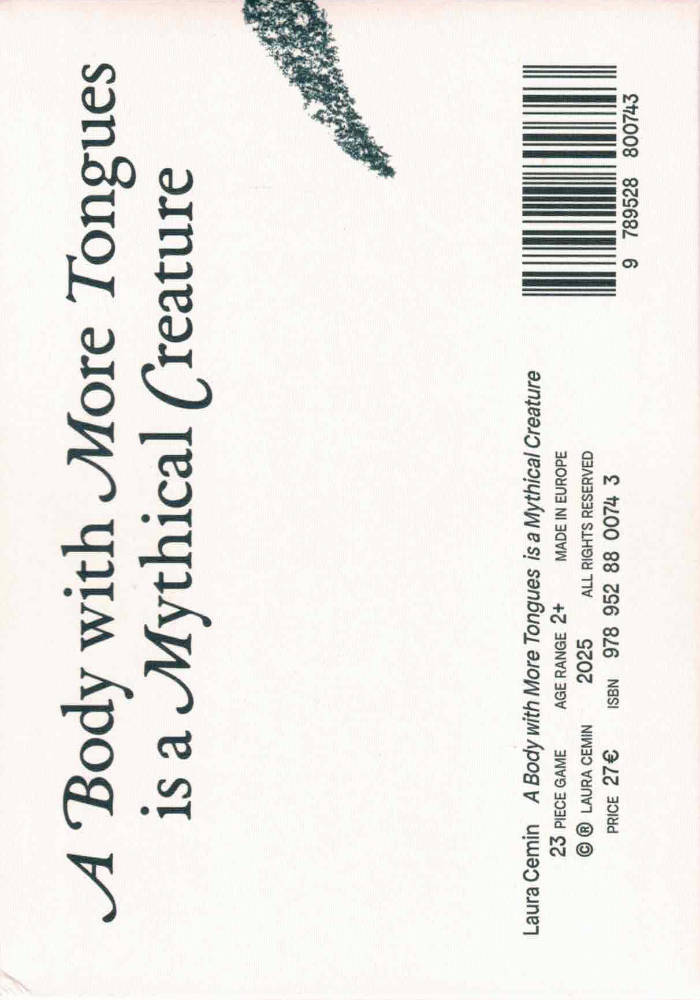
When Carrying Becoming Caring
“In this recent publication (to be printed January 2021) created as a part of my residency at Artist-in-Residence 2020 Petrohradska kolektiv in Prague, I wanted to share a few thoughts on how ‘matter matters’ within artistic practices, but at the same time, it was my attempt to experiment with the ways of presenting research and let the reader trace it as it was evolving – through various forms of notes, readings, writings, and conversations.”
Karolina Rybačiauskaitė (b. 1992) is a researcher currently living between Vilnius and Prague. She studies Ph.D. in Philosophy at Vilnius University, also graduated in History and Theory of Art at Vilnius Academy of Arts. Her research is motivated by the instability of knowledge-making and by searching for the ways to take care of the complex patterns it creates. This involves studying the speculative account of ‘ecology of practices’ proposed by Isabelle Stengers, but also adding to it through various practical engagements with artistic and curatorial reworkings of their matters.
Language: English





![Cover of OEI #94-95 Geografier [Geographies]](https://rile.space/storage/1488/0216_Scan2022-04-15_140650_004.jpg)

